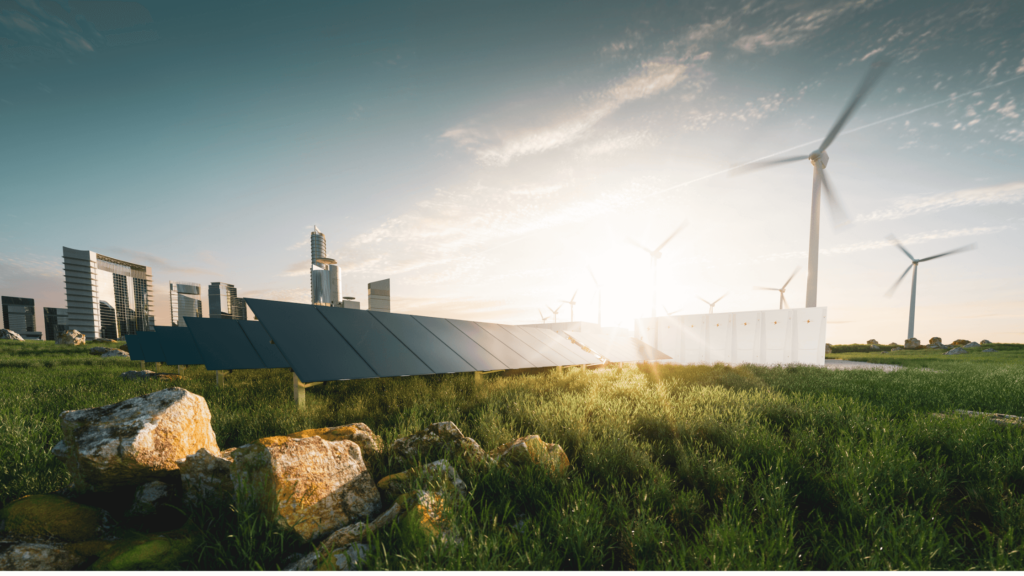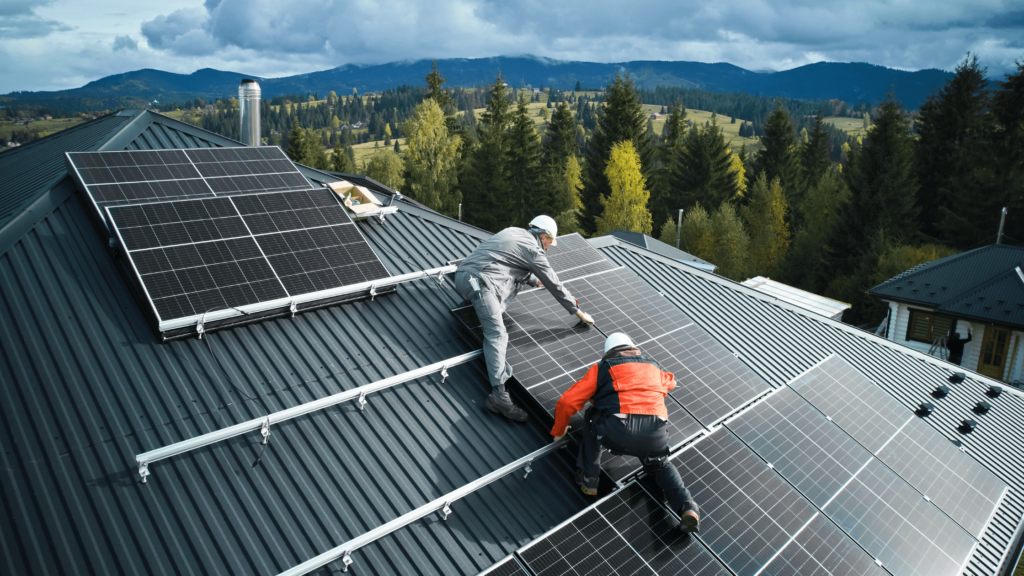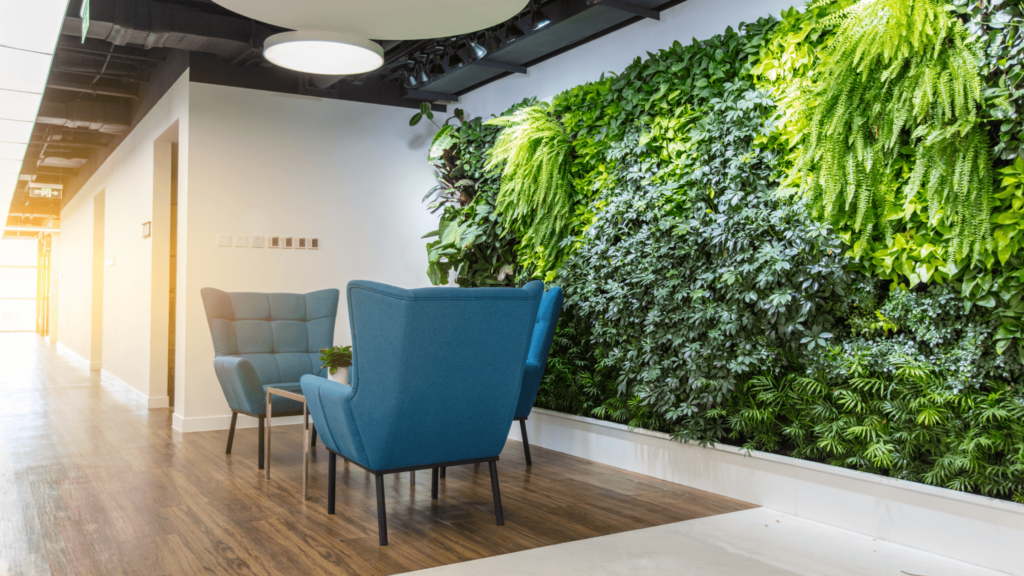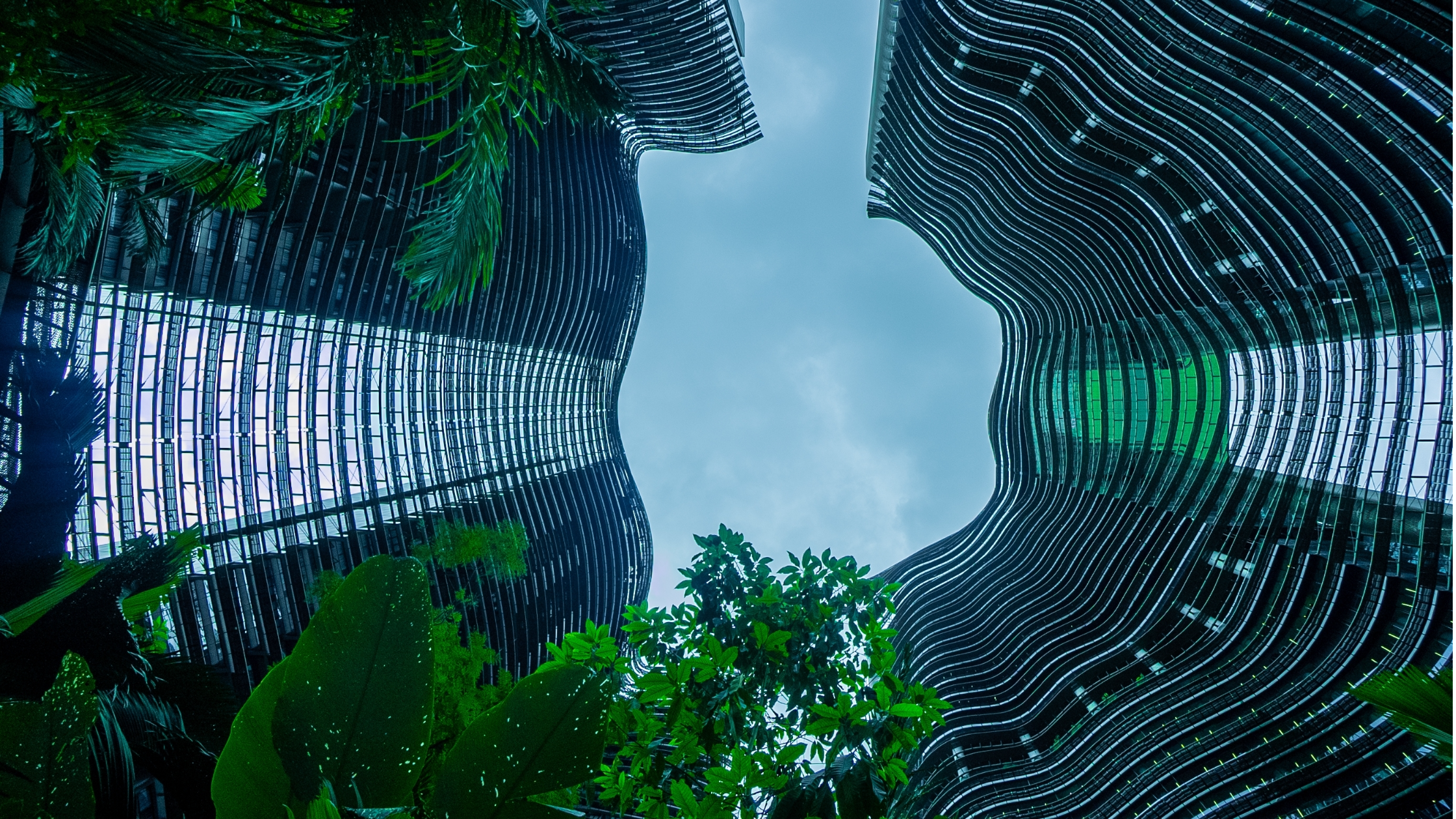Sustainable building design focuses on reducing environmental impact while improving efficiency and comfort. By incorporating energy-efficient materials, water conservation strategies, and renewable energy sources, buildings can be more resilient and cost-effective. This approach benefits the environment and the people who live or work in these spaces. Green building practices, such as passive solar design and using recycled materials, are becoming standard in modern construction. As demand grows for sustainable solutions, architects and builders are finding new ways to make projects eco-friendly without sacrificing quality or functionality.
Quick look
- Sustainable building design reduces energy consumption and lowers long-term costs.
- Green buildings improve indoor air quality and occupant health.
- Efficient use of materials minimizes waste and supports a circular economy.
- Water conservation techniques help preserve natural resources.
- Renewable energy integration makes buildings more self-sufficient.
What is sustainable building design?

Sustainable building design minimizes the environmental impact of construction while maximizing energy efficiency and occupant well-being. This approach can include choosing eco-friendly materials, designing buildings to use less energy, and incorporating renewable energy sources like solar or wind power. The goal is to create comfortable, durable, and efficient spaces without depleting natural resources. Advances in technology and design strategies have made it easier to implement these practices in both residential and commercial construction.
A key part of sustainable design is understanding how a building interacts with its surroundings. Factors like climate, site conditions, and resource availability influence decisions about materials and systems. For example, a structure in a hot climate might use shading techniques and natural ventilation to reduce the need for air conditioning. High-performance insulation and passive solar heating can improve energy efficiency in colder regions. By considering these elements from the start, designers can create buildings that require less energy to operate and last longer.
What is a “green building” and what are green building practices?
A green building is designed to reduce negative environmental effects while enhancing energy efficiency and occupant health. These structures often include features like high-efficiency HVAC systems, low-flow plumbing fixtures, and non-toxic building materials. Many green buildings also use smart technology to optimize energy consumption and improve performance over time. Certifications like LEED (Leadership in Energy and Environmental Design) help establish standards for sustainable construction.
Green building practices focus on reducing waste, conserving water, and lowering carbon emissions. This can involve reusing materials, sourcing locally, and designing for long-term durability. In addition, green buildings prioritize indoor air quality by using ventilation systems that filter pollutants and prevent mold growth. These efforts create healthier living and working environments while cutting operational costs.
Objectives/principles of sustainable building design
Optimize energy use
Reducing energy consumption is a primary goal of sustainable design. Buildings achieve this through efficient lighting, HVAC systems, and insulation. Renewable energy sources like solar panels further reduce reliance on fossil fuels. Smart building technologies help monitor and adjust energy use in real-time.
Protect and conserve water
Water efficiency is key to sustainability. Low-flow fixtures, rainwater harvesting, and drought-resistant landscaping help reduce water waste. Efficient irrigation systems ensure that outdoor spaces stay green without excessive consumption. These strategies help preserve freshwater resources for future generations.
Optimize building space and material use
Designing spaces that maximize function while minimizing waste is crucial. Modular construction and prefabricated materials reduce excess material use. Adaptive reuse of buildings also extends their lifespan and prevents unnecessary demolition. Sustainable materials, like recycled wood and reclaimed steel, support resource conservation.
Enhance indoor environmental quality
Good air quality and natural lighting improve occupant well-being. Non-toxic materials, proper ventilation, and thermal comfort contribute to healthier indoor spaces. Windows and skylights reduce the need for artificial lighting. Thoughtful design choices create comfortable and productive environments.
Reduce environmental impact
Sustainable buildings aim to lower carbon emissions and minimize disruption to ecosystems. Using renewable materials, reducing waste, and improving energy efficiency all contribute to a lower environmental footprint. Green roofs and permeable surfaces help manage stormwater and reduce heat absorption. Thoughtful site planning protects natural habitats.
Use sustainable construction methods
Eco-friendly construction reduces waste and pollution. Prefabrication and modular building techniques cut down on excess materials. Energy-efficient construction equipment lowers fuel consumption. Deconstruction strategies allow materials to be salvaged and reused.
Support building resilience
Resilient buildings can withstand extreme weather and environmental changes. Strong materials, smart design, and energy-independent systems improve durability. Passive cooling and heating strategies reduce reliance on external energy sources. These measures ensure long-term sustainability.
Why does sustainable building design matter?
Sustainable building design helps reduce the environmental strain caused by traditional construction. The building industry is responsible for a significant portion of global energy consumption and carbon emissions. By prioritizing energy-efficient materials, renewable energy, and waste reduction, sustainable buildings help mitigate climate change. They also improve resource conservation, ensuring that future generations have access to clean water, air, and materials.
Beyond environmental benefits, sustainable design creates healthier and more efficient living and working spaces. Better indoor air quality, natural lighting, and energy-efficient heating and cooling contribute to overall comfort. Occupants experience fewer health issues related to poor ventilation and exposure to harmful chemicals. Businesses and homeowners also see long-term savings due to lower utility bills and reduced maintenance costs. As more communities prioritize sustainability, green buildings are becoming the standard rather than the exception.
Benefits of building sustainably

Less environmental impact
Sustainable buildings use fewer resources and produce less waste. High-efficiency materials and renewable energy sources reduce pollution and carbon emissions. Smart water management strategies help preserve freshwater supplies. Green spaces and eco-friendly landscaping improve biodiversity and stormwater absorption.
Better air quality
Indoor air quality plays a major role in occupant health. Green buildings use low-VOC materials, proper ventilation, and air filtration to reduce pollutants. Natural ventilation systems improve airflow and prevent mold growth. Cleaner air leads to fewer respiratory issues and improved overall well-being.
Reduced costs
Sustainable buildings lower energy and water costs over time. High-efficiency systems reduce consumption, leading to significant savings on utility bills. Durable materials and smart design minimize maintenance and repair expenses. Government incentives and tax credits make green construction more affordable.
Improved durability
Green buildings are designed for long-term resilience. Sustainable materials and construction methods increase resistance to weather, pests, and wear. Energy-efficient insulation and airtight construction prevent damage from moisture and temperature fluctuations. Buildings that require fewer repairs save money and resources in the long run.
Enhanced occupant comfort
Sustainable design improves temperature control, lighting, and ventilation. Natural daylighting and passive heating and cooling create a comfortable indoor environment. Smart climate control systems adjust conditions based on occupancy and weather. Thoughtful layouts enhance usability and well-being.
Increased property value
Energy-efficient and eco-friendly buildings attract buyers and tenants. Lower operational costs and high-performance systems make properties more desirable. Green certifications like LEED can increase a building’s marketability. As sustainability becomes a priority, demand for green buildings continues to rise.
8 ideas for sustainable building design

1. Biophilic design
Biophilic design connects buildings with nature, improving air quality and well-being. This can include indoor plants, green walls, and access to natural light. Outdoor spaces with trees and gardens create healthier environments. Studies show that biophilic elements enhance productivity and reduce stress.
2. Passive solar
Passive solar design reduces energy needs by maximizing natural heating and cooling. Proper building orientation, window placement, and thermal mass help regulate indoor temperatures. Shading elements like overhangs prevent overheating in summer. This approach lowers reliance on artificial climate control.
3. Whole house design system
A whole house design system considers energy efficiency across an entire building. Insulation, windows, HVAC, and lighting are planned together to optimize performance. Smart home technology helps adjust settings based on occupancy and weather. This integrated approach reduces energy waste and enhances comfort.
4. Permaculture
Permaculture in building design focuses on self-sufficiency and sustainable land use. It incorporates elements like rainwater collection, food gardens, and composting systems. Buildings are designed to work with natural ecosystems rather than against them. This method promotes long-term resource efficiency.
5. Net-zero
Net-zero buildings produce as much energy as they consume. This is achieved through renewable energy sources like solar panels and wind turbines. High-efficiency insulation and smart energy management reduce waste. These buildings significantly lower carbon footprints.
6. Modular construction
Modular construction reduces material waste by prefabricating components off-site. This approach speeds up project timelines and improves quality control. Reusing modular components extends building lifespans. It also cuts down on construction site disturbances.
7. Green roofs
Green roofs provide insulation, manage stormwater, and improve air quality. Vegetation on rooftops reduces heat absorption, lowering cooling costs. These roofs create natural habitats for birds and insects and enhance urban aesthetics and biodiversity.
8. Rainwater harvesting
Rainwater harvesting systems collect and store water for reuse in irrigation and plumbing. This reduces dependence on municipal water supplies. Proper filtration ensures water quality for non-potable uses. It’s an effective way to conserve resources in water-scarce regions.
Best practices for sustainable design
Choose sustainable materials
Selecting recycled, locally sourced, and low-impact materials reduces environmental harm. Bamboo, reclaimed wood, and recycled steel are popular choices. Low-VOC paints and adhesives improve indoor air quality. Durability also matters as long-lasting materials reduce waste.
Maximize daylight
Properly placed windows and skylights reduce the need for artificial lighting. Natural light enhances mood, productivity, and energy efficiency. Light-colored interior finishes help reflect sunlight deeper into spaces. Automated shading systems balance light levels throughout the day.
Integrate passive systems
Passive systems reduce energy use by leveraging natural climate control. Thermal mass materials absorb and release heat as needed. Cross-ventilation strategies improve airflow and indoor comfort. These designs work without mechanical systems, lowering costs.
Optimize energy and water use
Smart meters track energy and water consumption, identifying inefficiencies. Energy-efficient appliances and low-flow fixtures reduce waste. Greywater systems recycle water for irrigation and flushing. Sustainable design prioritizes resource conservation at every level.
Improve insulation and thermal performance
Well-insulated buildings require less energy for heating and cooling. High-performance insulation materials like spray foam, rigid foam, and cellulose help maintain consistent indoor temperatures. Properly sealed windows and doors prevent drafts and heat loss. Designing for airtightness improves energy efficiency and reduces utility costs.
Incorporate renewable energy sources
Using solar, wind, or geothermal energy reduces reliance on fossil fuels. Solar panels generate electricity, while geothermal systems provide efficient heating and cooling. Battery storage systems ensure a steady power supply, even during outages. Integrating renewable energy makes buildings more self-sufficient and environmentally friendly.
Reduce construction waste
Minimizing waste during construction lowers costs and environmental impact. Prefabrication, modular construction, and deconstruction strategies allow for better material use. Recycling and repurposing materials prevent them from ending up in landfills. Efficient site planning reduces excess excavation and material waste.
Bottom line
Sustainable building design is about more than reducing environmental impact—it’s about creating better spaces for people to live and work. By optimizing energy use, choosing durable materials, and integrating renewable systems, buildings become more efficient and cost-effective. As the construction industry evolves, these strategies will become even more essential.
Want to stay updated on the latest trends in sustainable construction? Subscribe to Under the Hard Hat and follow us on social media for expert insights and industry news.



2 comments